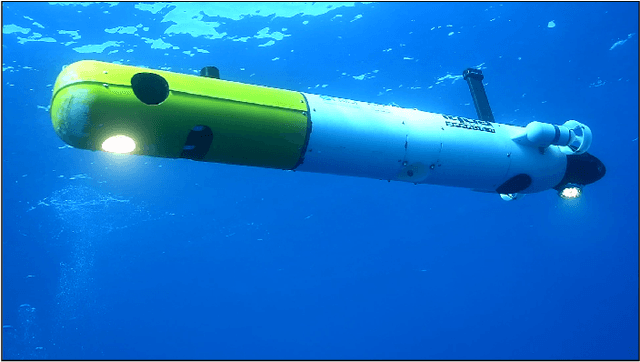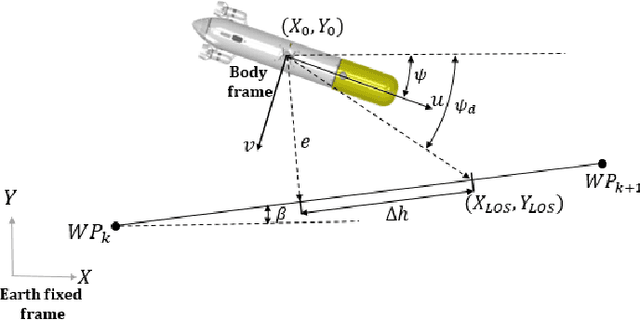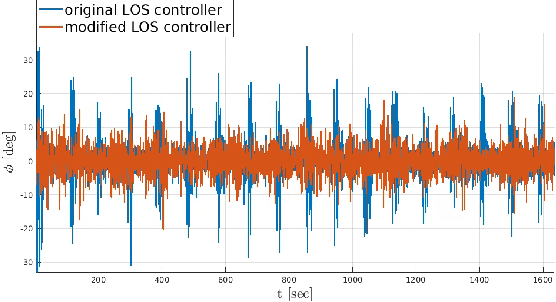On the modification of the SPARUS II AUV for close range imaging survey platform
Paper and Code
Nov 17, 2021



Based on the need for high resolution underwater visual surveys, this study presents the adaptation of an existing SPARUS II autonomous underwater vehicle (AUV) into an entirely hovering AUV fully capable of performing autonomous, close range imaging survey missions. This paper focuses on the enhancement of the AUVs maneuvering capability (enabling improved maneuvering control), implementation of an state of the art thruster allocation algorithm (allowing optimal thrusters allocation and thrusters redundancy), and the development of an upgraded path following controller to facilitate precise and delicate motions necessary for high resolution imaging missions. To facilitate the vehicles adaptation, a dynamic model is developed. The calibration process of the dynamic model coefficients initially obtained using well accepted formulas, by computational fluid dynamics and in real sea experiments is presented. The in house development of a pressure resistant imaging system is also presented. This system which includes a stereo camera and high power lightning strobes was developed and fitted as a dedicated AUV payload. Finally, the performance of the platform is demonstrated in an actual seabed visual survey mission.
 Add to Chrome
Add to Chrome Add to Firefox
Add to Firefox Add to Edge
Add to Edge